Fighting games are a very well-known style: franchises such as Street Fighter, Tekken and Mortal Kombat are part of a huge gamer culture that goes beyond generations and unites friends and foes in fun competitive sessions.
Everyone knows that each game has its own characters, movements, specials and mechanics, but many people can get confused about how you can win a match in games such as Super Smash Bros. where you don't even have to lower your adversary’s HP bar. These unique aspects to each game evidence not only their particularities, but can very well fit into different categories and cater to different demographics.
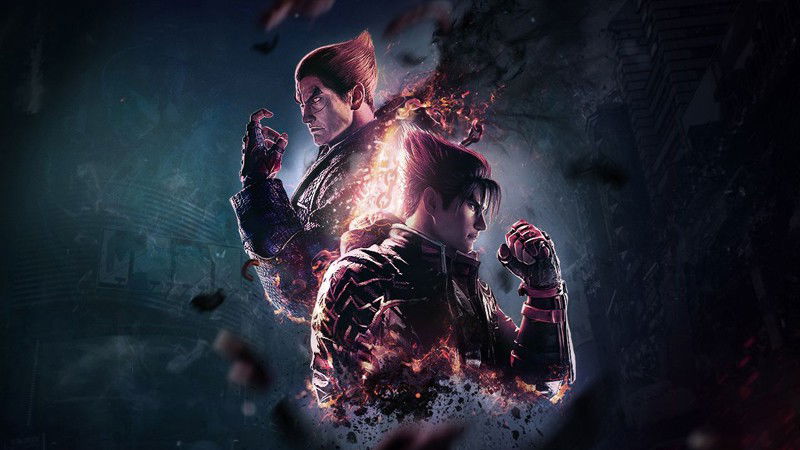
Recently, UmGamer brought a brief guide on the main archetypes for fighting game characters, and it’s common for most of them to appear in basically every variation, some having extra characters to complement their rosters, some having a few less due to the differentiated combat style they may have.
Let’s take a look into how games can differentiate from each other not only in the “fighter classes”, but also in being their own games with unique mechanics, peculiarities and identities.
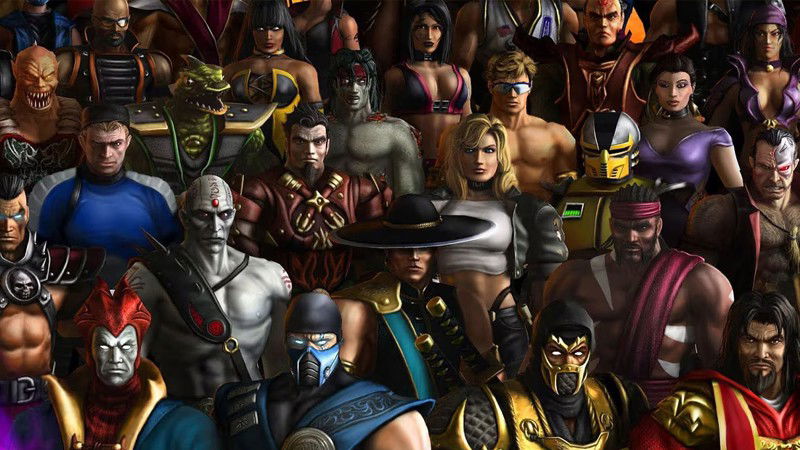
It’s important to take note that fighting games usually don't belong to just a single one of these subgenres which will be presented in this article, since some of them have their specific characteristics pulled from visual or technical aspects, and other ones from their competitive and combat modes.
2D/2.5D Fighting
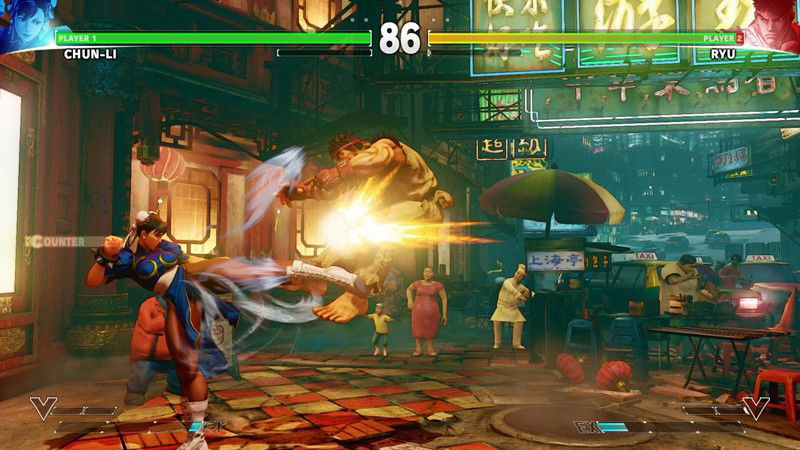
This is the most classic fighting game style, presented to us since the very first consoles and consolidated as a huge success in the golden age of Arcades with worldwide famous titles such as Street Fighter II, released by Capcom in 1991.
It’s based on two opposing fighters, one facing the other, using their move sets, attacks and defenses against the adversary until their HP bars go down to zero. The large majority of these games uses 2D sprites for their characters, with fixed hitboxes for their hits and powers, varying to 2.5D when 3D elements are introduced into the stage, particles or effects, but without directly affecting the classic gameplay from this genre.
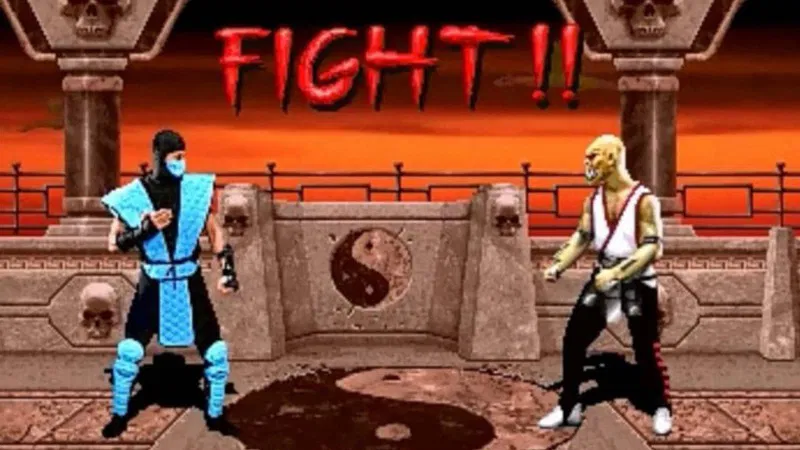
What most differentiates the 2D Fighting Games from other genres is that, in addition to the fixed hitboxes in combat animations, they depend on specific movement frames to complete combos, specials or even counterattacks. Timing is a key point to fans of these games, since the character’s movements happen only in the vertical and horizontal axis. Many games which are fully 3D rendered still get into this category for not habilitating sideways depth movement into the arena.
2D/2.5D Fighting Games Examples
3D/3D Arena Fighting
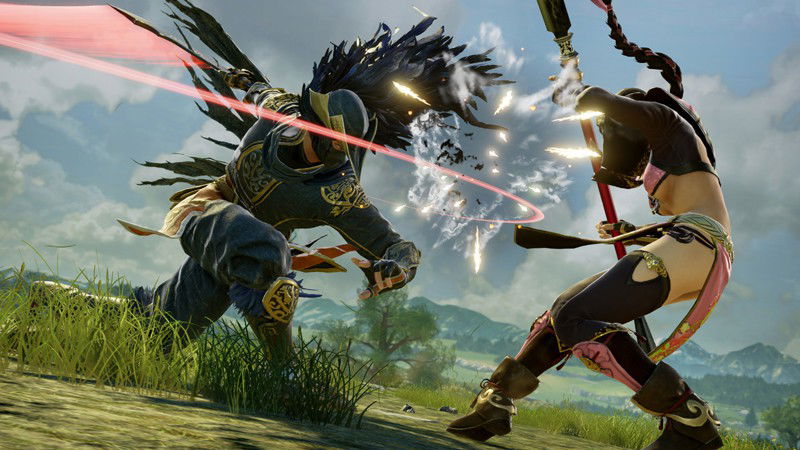
Just like the 2D Fighting Games, 3D ones are usually constituted by matches between two opponents in the same way, but they are rendered in more modern graphics which can directly affect gameplay.
While some franchises such as the previously mentioned Street Fighter keep using faster animations, similar to the more classic games, others take advantage of the extra dimension that the improved graphics allow use of to implement more fluid or realistic movements (even within fantasies and powerful extravagances), not dependent on fixed hitboxes once they work based on the collision of the 3D character models.

3D fighting games also include a new possibility, due exactly to this third dimension: movement not only to the front, back, up and down, but also “sideways”, making better use of the scenery and meshes which are, many times, interactive within the combat arenas. The more interactive the scenery is, the more into the 3D Arena genre the game gets, some even changing the point of view during combat, straying from the classic “one on the left, the other on the right”.
Many times the less fantasy-like animations and much more explorable arena can be reasons why new players find this genre a lot more complex and harder to learn.
3D and 3D Arena Fighting Games examples
Anime Fighters
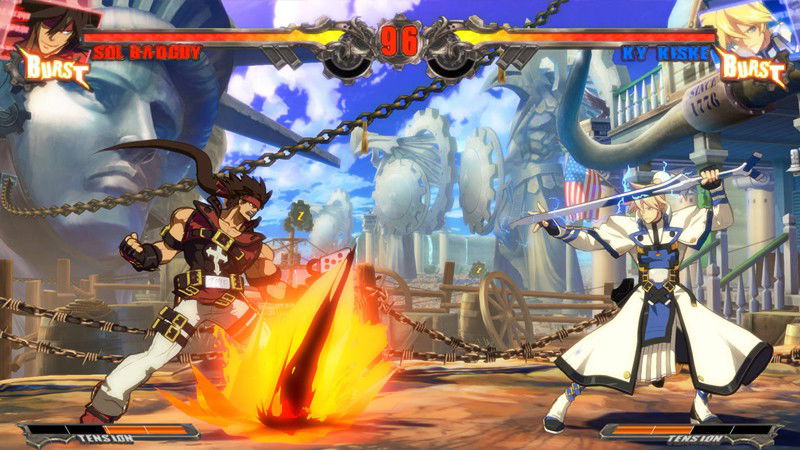
For their vast majority rendered with 2D sprites, the Anime Fighters fit into a very specific fighting game subgenre in which characters from famous franchises, usually successful Animes and Mangas, face each other trying to keep the consistency between the original titles and their playable versions.
Therefore, aspects such as character balancing are often not taken much into account, since heroes and main villains tend to be a lot stronger than other characters who, in the anime, were not that powerful.
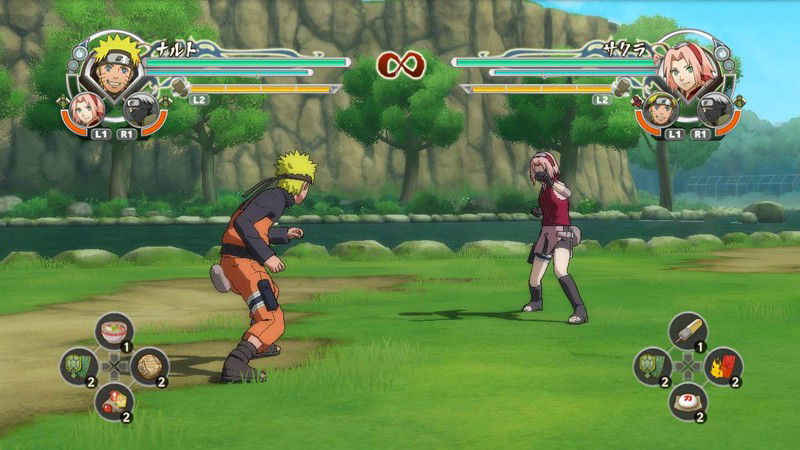
The main aspect which sets it apart, though, is in the fast pace and excess of animations and special particles added, being usually more dynamic and often unpredictable games - especially with the addition of Air-Dashes mechanics, quick jumps in horizontal directions once you’re already in the air.
A lot of these games ended up becoming popular in the competitive scenario and, eventually, were forced to implement fairer balancing and improvements in its players’ quality of life, especially regarding infinite combos which were, for a long time, a trademark for this game style.
Anime Fighter game examples:
Standard Team Fighters
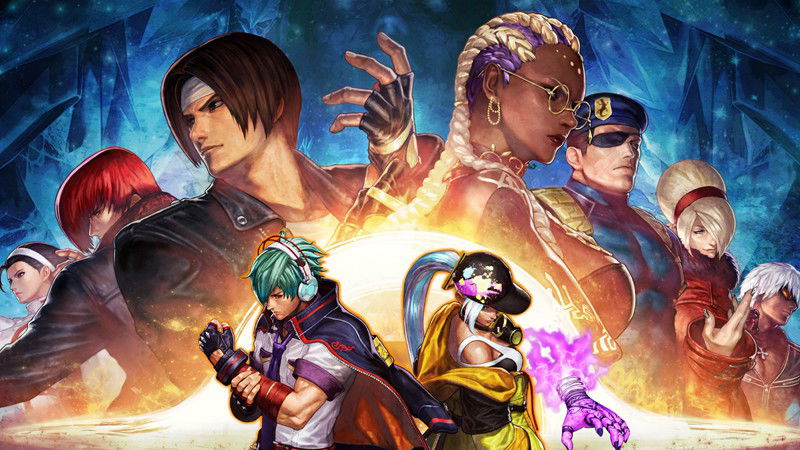
Usually, in fighting games, you choose your character, your opponent chooses theirs, and you go into an arena to fight each other. On the other hand, in some variations, each player gets to pick several characters at once and use them in different rounds. It’s important not to confuse Team Fighters with Tag-Team Fighters, which we’ll talk about down below.
The Standard Team Fighters normally have a broader roster of available fighters, with more representatives from each fighting style or archetype, aiming to give the player freedom to put together a team with their desired specialties. In these games, your initial character is usually replaced by the second one in between rounds, when their HP reaches zero or, in some cases, just swapping out to better match the following round’s opponent.
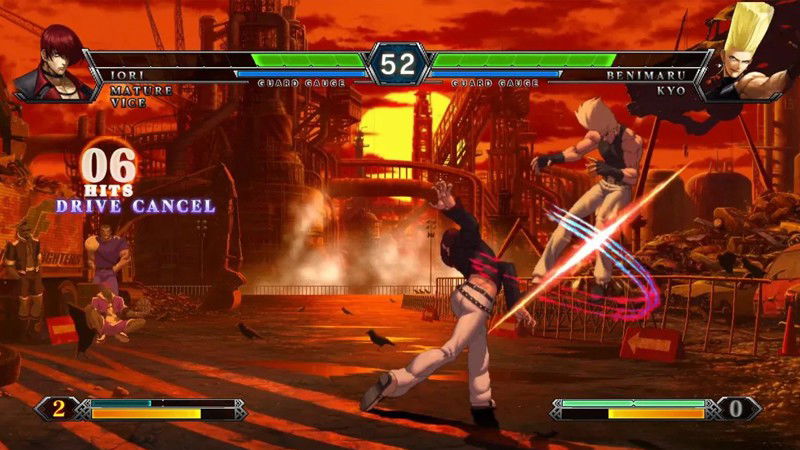
It’s common, therefore, to choose fighters who have different styles and who are good respectively in starting and final rounds, usually with some trick up the sleeve, most likely being the character that the player has more experience with.
The big pioneer for this style is The King of Fighters, since most other Team Fighters fit better into the following category.
Tag-Team Fighters
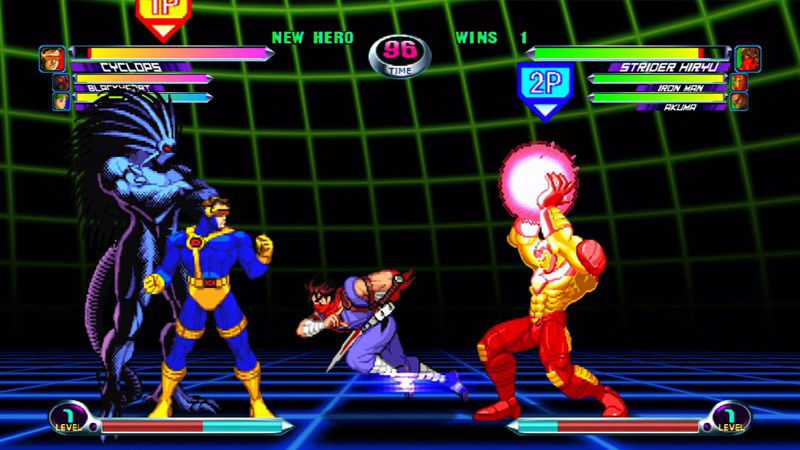
Now we’re talking about teamwork… At least among the characters you pick out for your team.
Each player chooses a small roster of characters, just like in Team Fighters, but here they all interact in the same round. Be it to ask for some momentary help from your second fighter, to swap out characters in the middle of the showdown or just to call on some backup and release a double special: if more than two characters interact during the same round, the game falls into the Tag-Team Fighter category.
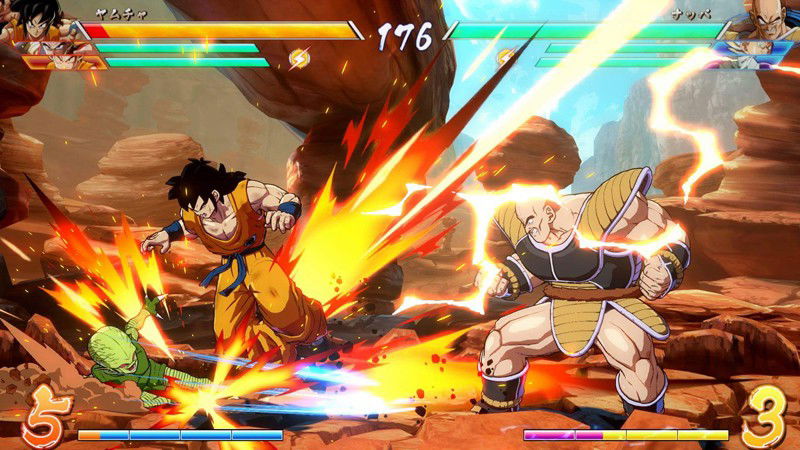
Mechanics are usually not that complex for your characters when controlled one at a time, but the addition of extra commands to make use of the powers from your allies waiting on the bench brings a lot more complexity and dynamism to the gaming style, and it’s not exactly easy for beginners to get the hang of it fast. And that’s not mentioning that you’ll need to know how to play with all the characters you chose, otherwise some of them might end up being useless or even costing you a defeat.
Tag-Team Fighters game examples include:
Platformer Fighters
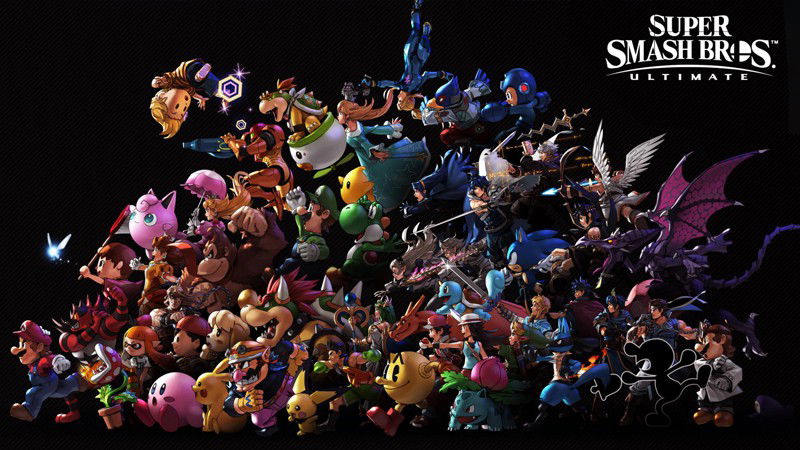
The Platformers, or platforming games, are more well-known through franchises which are not necessarily fighting game-focused, such as side scrollers (Megaman, Super Mario) or classic adventure ones. However, there are games that vary their style to better fit combat, like the genres previously mentioned here.
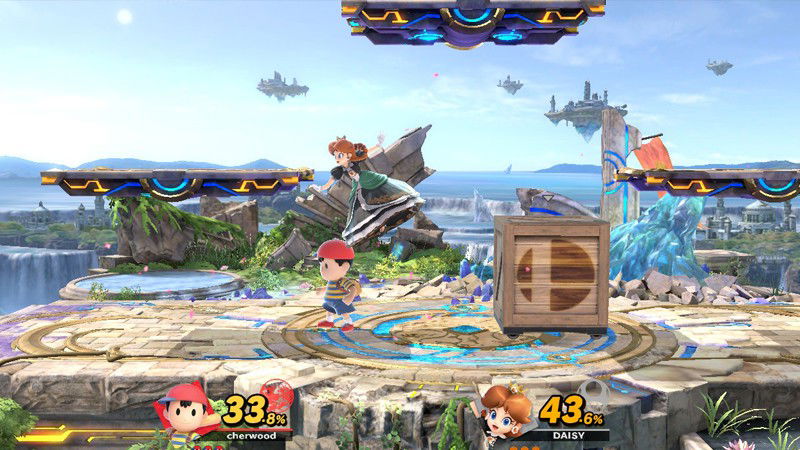
The differential for Platformer Fighters is that the hits, combos and specials are not that important to lower an adversary’s HP bar, since in most of them there isn’t even an HP bar. The meta in these games is based on agility, positioning and movement, since your objective is not to defeat, but instead to throw your opponent off the combat platform.
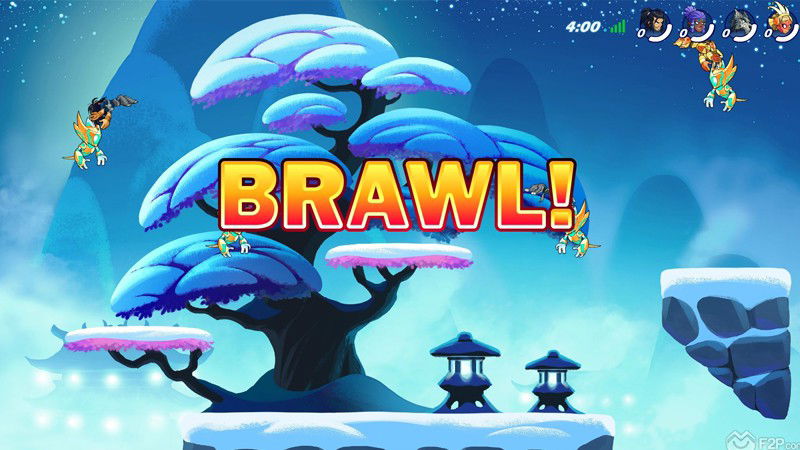
This gameplay style can on most occasions be more beginner-friendly, and allows a lot of fun for being a lot more casual and action-focused, with fast and dynamic movements but a simple objective overall of keeping yourself on top of the arena platforms.
Platformer Fighters examples are:
Crossovers
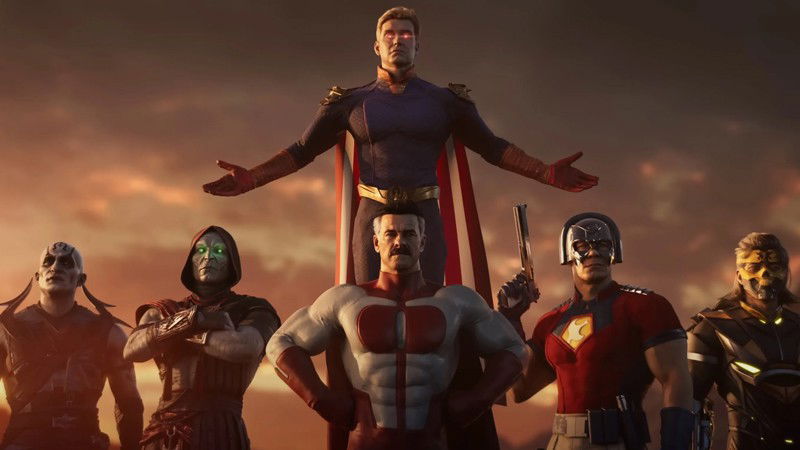
Not necessarily a fighting game “style” but a common tendency ever since the first arcades which mixed up different franchises to make their several characters fight each other. From games such as X-Men vs. Street Fighter to mainstream ones who get extra characters coming from other universes (such as Robocop or Rambo in Mortal Kombat).
It’s important to stress the existence and importance of crossovers in fighting games, since many times characters can have balancing and mechanics which differ from the patterns used by the already existing fighters in the franchise. Such games are usually less competitive and, even for those who are in the main and professional scenario, a lot of these extra characters end up not being of much use, due to being more off-meta or more connected to the promotion of franchises and partnerships, using their most famous characters to get more visibility from different niches in pop culture.
Some Crossover games or games which have memorable Crossovers are:
Martial Arts/Wrestling/Sports
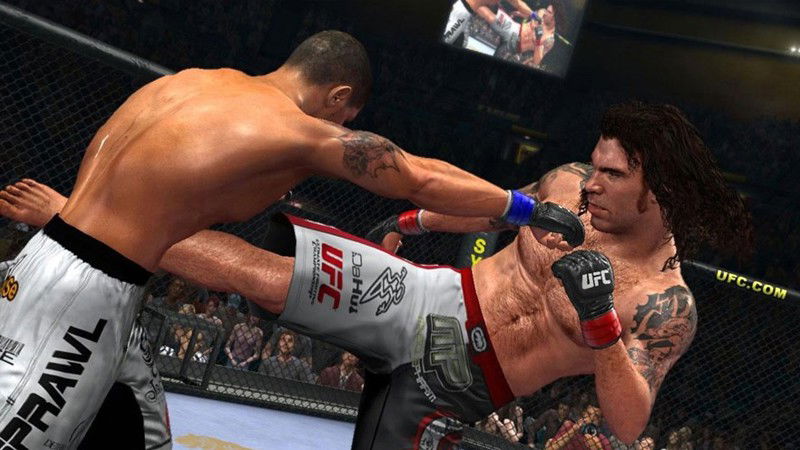
To wrap up, we didn't mention games that are left in a certain “limbo” regarding which genre or subgenre fits them better. These games involve more traditional fighting, such as Boxing, Wrestling, UFC, etc.
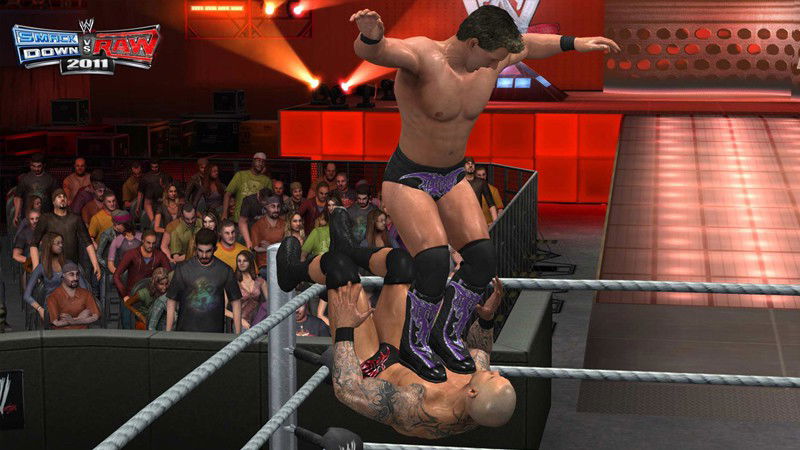
A few of the games in this category fit in as traditional fighting games, with HP bars and even a few “specials”, though more realistic instead of superpowers or magical and fantasy abilities. Others have their mechanics rooted in immobilizing an adversary or scoring points in rounds, just like in traditional combat sports - which makes people less attached to these games directly to the fighting genre.
There are also those who claim that Wrestling or Sports Fighting games are their own category and not a variation of some other fighting game style.
Wrestling games include:
Now you just have to choose
With so many styles, graphic, mechanic and subgenre varieties, fighting games are in a wide scenery full of differences among them. It’s not always just about landing hits on an enemy until their HP drops to zero, or about who clicks faster the combo and special sequences. This wider variety of possibilities can always offer some new gameplay options which may attract several new types of gamers, and not necessarily just the fans of classic 1v1 fighting.
Among so many titles and differences, it's possible for everyone to eventually find their favorite fighting game. You need only to know whether you prefer more strategy, movement, actual fighting, adventure - all of this and a lot more have always been and will always be present in the lives of every person who likes the good old dispute, fun and competitive scenes, or just enjoy spending some time together with their friends.









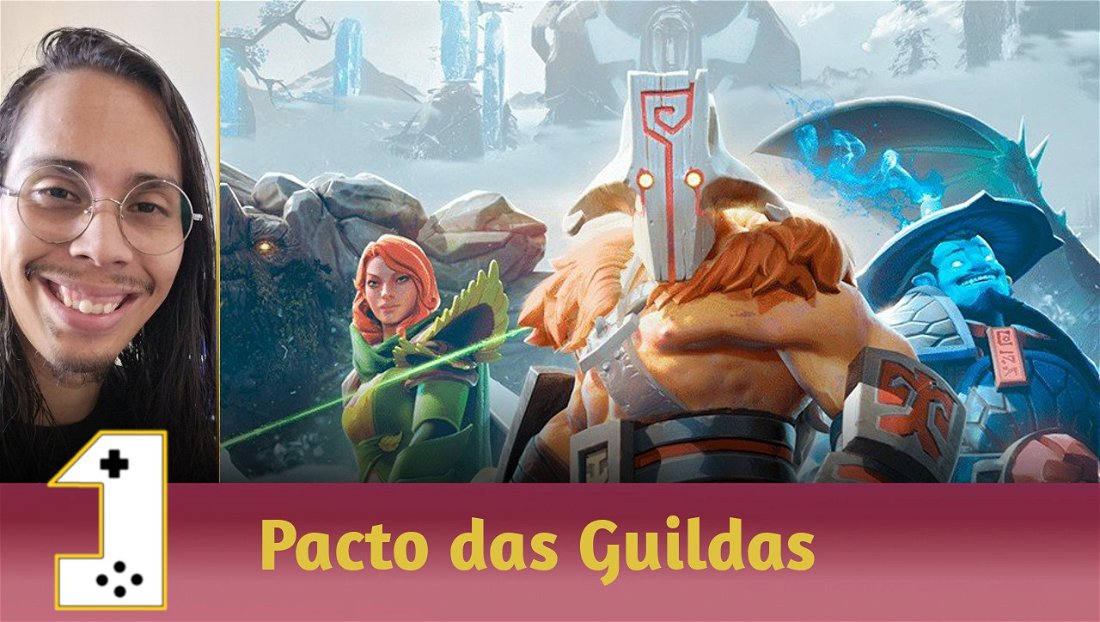
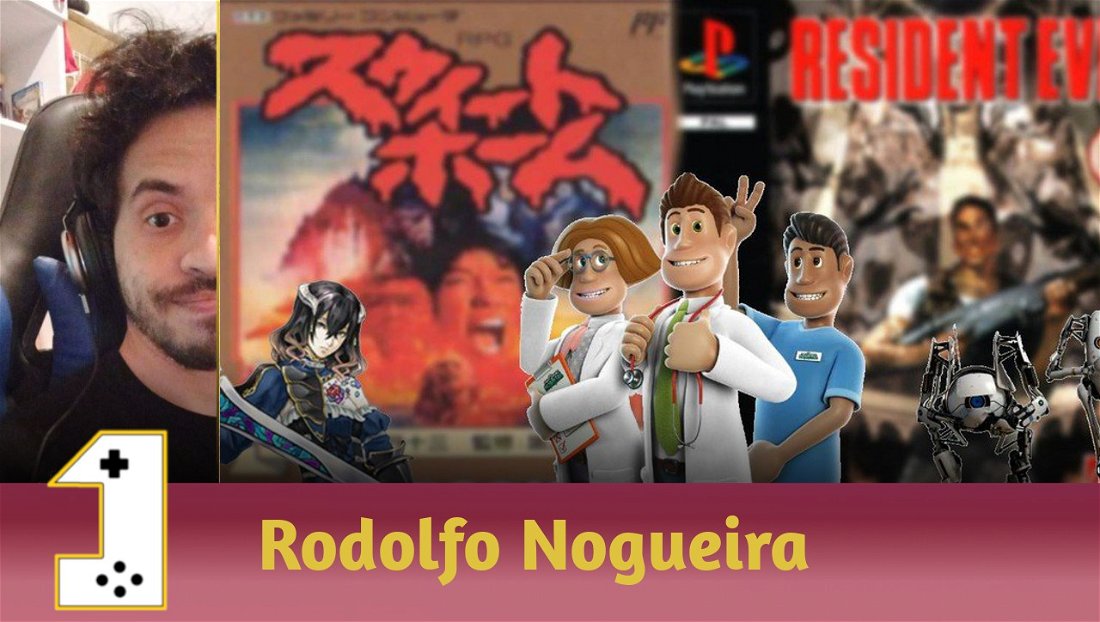

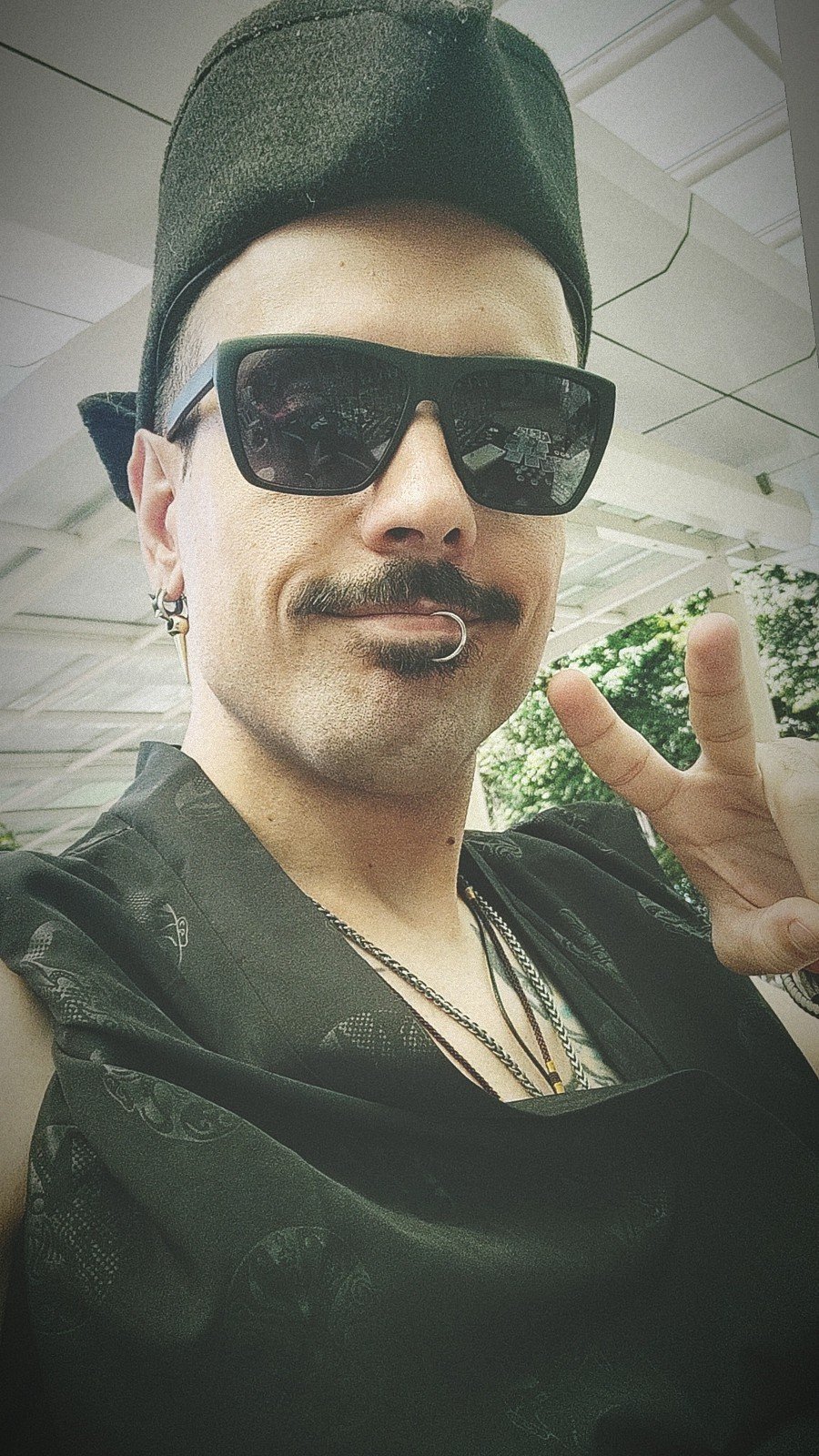

— Комментарии 0
, Реакции 1
Прокомментируйте первым